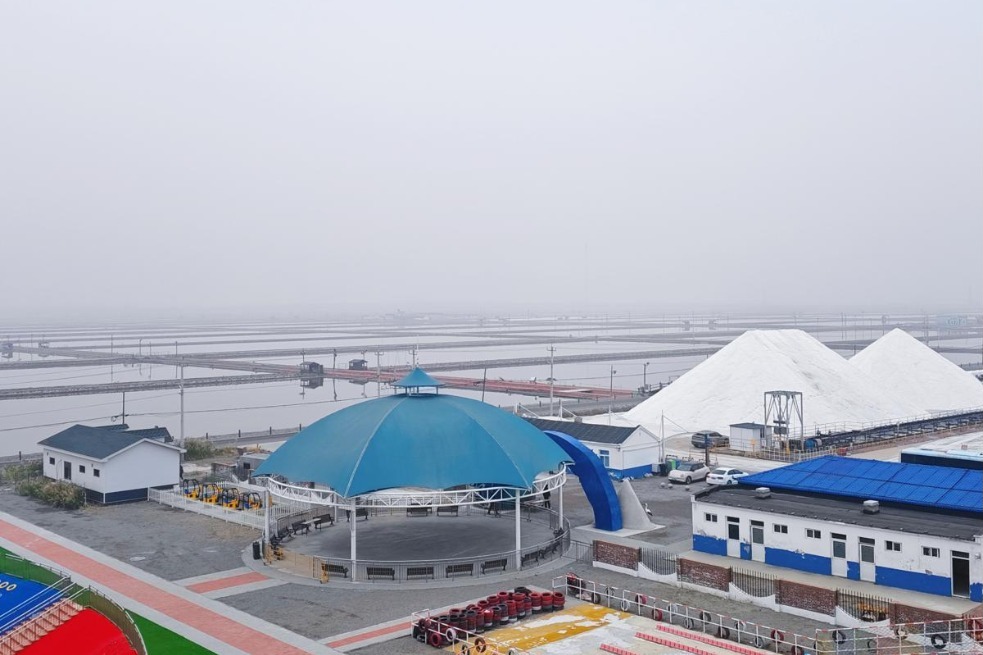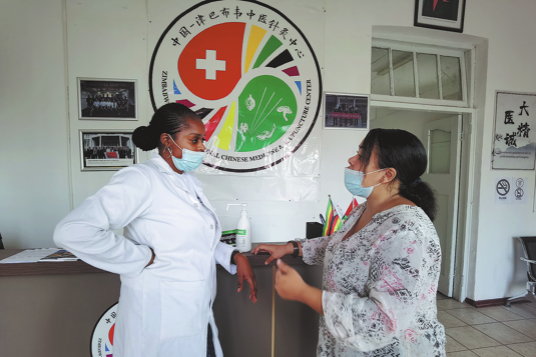Monitoring system can track virus in real time

Beijing has set up a comprehensive monitoring system for the novel coronavirus based on multiple channels and sources, which is able to provide real-time information of the situation and predict peaks in infection, a senior official said during the capital's ongoing two sessions.
Wang Quanyi, deputy director of the Beijing Center for Disease Prevention and Control and deputy to the Beijing People's Congress, said authorities can establish a risk assessment mechanism based on the monitoring system and offer suggestions for epidemic control.
According to Wang, the monitoring system includes COVID-19 cases in medical institutions and at the community level, virus variations, COVID-19 etiology and sewage monitoring.
"Authorities will engage in more investigation and monitoring when needed in the future," he said.
He added that it will be hard to end the epidemic as the virus continues to mutate at present. Thus, authorities must strengthen multichannel monitoring to predict risks and lessen the epidemic peak's impact on medical resources.
Wu Zunyou, chief epidemiologist at the Chinese Center for Disease Control and Prevention, said at a meeting in early January that the country has formulated a comprehensive plan to keep track of domestic infections.
The China CDC's direct contagious disease reporting system should function as a pillar of surveillance, and hospitals are required to report all infections. Meanwhile, the 500-plus influenza surveillance stations will also be used to assess the spread of the virus.
In Guangzhou, capital of Guangdong province, the local health commission has been working with customs and market regulation and agricultural institutions, among others, to monitor both imported and local infections since Jan 8, when COVID-19 management was downgraded from Class A to Class B.
Monitoring includes symptoms, etiology, mutations, antibody levels, sewage and the sale of medicines to analyze the development of the situation.
Zhang Yi, deputy director of the Guangzhou Health Commission, told a news conference on Wednesday that the latest outbreak has entered its final stages in Guangzhou, with emergency departments and fever clinics mostly operating at normal levels.
The dominant strain remains BA.5.2, with no evidence of the XBB strain found among locally infected people, Zhang said.
During the Spring Festival holiday, the city's emergency medical call command system will run round-the-clock, with at least 200 ambulances on call every day, she said.
The fever clinics and emergency departments of 188 major medical institutions will operate 24 hours a day. Multi-department teams of specialists and teams for handling severe cases stand ready.
Grassroots medical institutions have been equipped with 14,142 blood oxygen meters, oxygen generators, and fever and cough medicines sufficient to last for two weeks. The medical service hotlines and grassroots medical institutions will continue to provide service during the holiday, Zhang added.
Contact the writers at dujuan@chinadaily.com.cn
- Senior Xi'an official facing probe by China's anti-corruption watchdogs
- Philippines risks creating trouble for itself: China's defense ministry
- Newborn with congenital heart disease receives life-saving surgery in Yunnan
- Hong Kong charity signs diplomatic talent deal with Beijing university
- Aircraft carrier Fujian, commissioned
- Erdos offers 10,000 yuan subsidy for families having third child



































